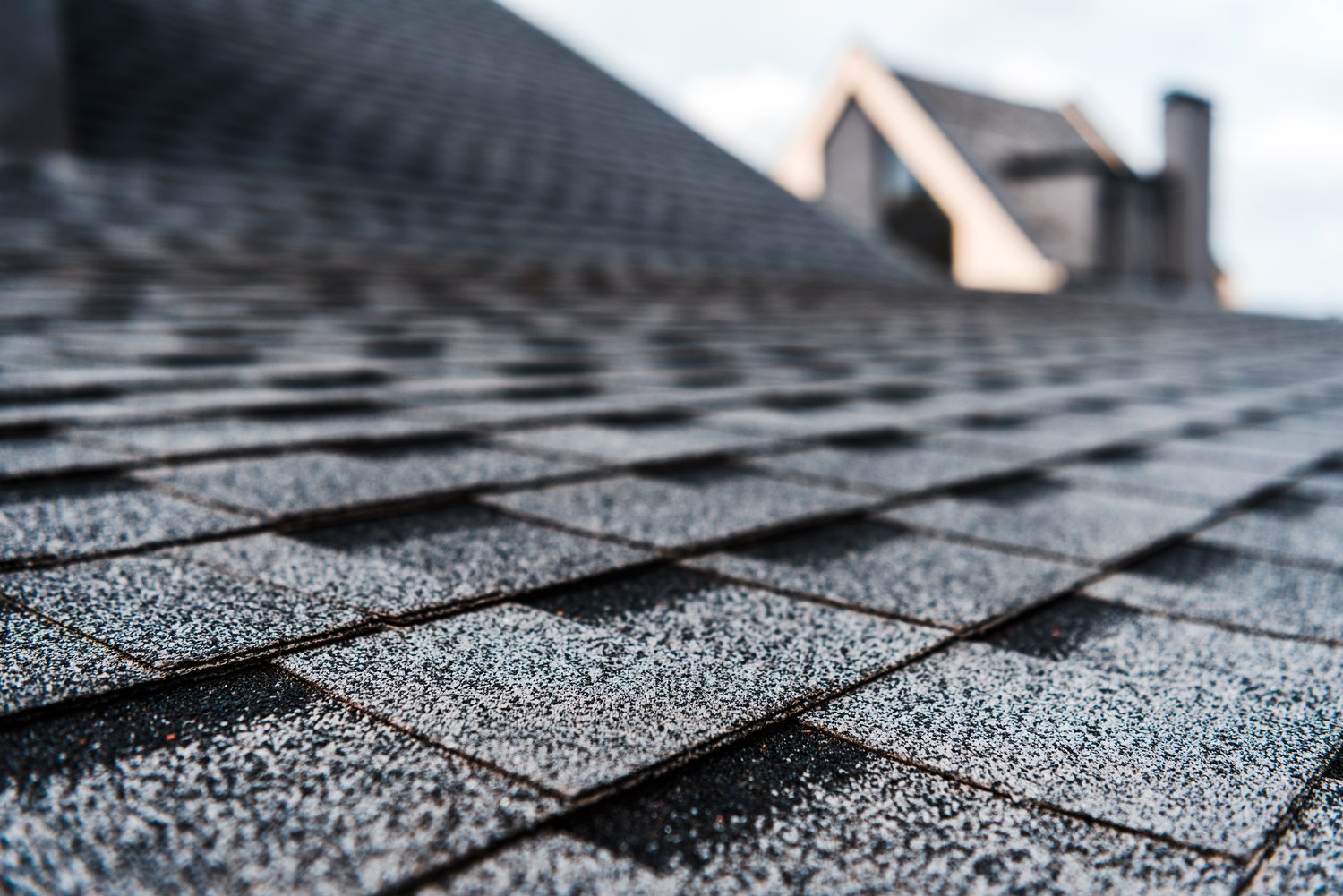When selecting materials for your roof, understanding wind resistance ratings is crucial for ensuring your home’s protection against severe weather conditions. Asphalt shingles come with different wind ratings, categorized as Classes F, G, and H under the ASTM International standards. These classifications indicate how well shingles can withstand various wind speeds, directly impacting your roof safety and longevity. This guide will demystify these wind resistance ratings and help you make an informed decision when choosing the right asphalt shingles for your home.
What Are Shingle Wind Ratings?
Shingle wind ratings represent the maximum wind speed that asphalt shingles can withstand before they begin to fail or become damaged. These ratings are established through rigorous testing procedures developed by ASTM International (formerly known as the American Society for Testing and Materials). The testing involves subjecting shingles to controlled wind conditions in specialized wind tunnels to determine their resistance capabilities. Understanding these ratings is essential for homeowners, especially those living in regions prone to high winds, hurricanes, or severe storms. The current ASTM D7158 standard classifies asphalt shingles into three categories: Class F, Class G, and Class H, each representing a different level of wind resistance.
Class F Shingles: The Baseline Protection
Class F shingles represent the entry-level wind resistance category for asphalt shingles. These shingles are designed to withstand wind speeds up to 110 mph, making them suitable for many residential applications in areas with moderate wind conditions. Class F rated products provide adequate protection for homes in regions that don’t regularly experience extreme weather events. However, they may not be the best choice for coastal areas or regions known for high wind activity. These shingles typically come at a more affordable price point, making them popular for budget-conscious homeowners who still want reliable wind resistant shingles without overspending on features they may not need.
Class G Shingles: Enhanced Wind Resistance
Moving up the scale, Class G asphalt shingles offer improved wind resistance, rated to withstand winds up to 120 mph. This mid-range option provides a significant upgrade in protection compared to Class F variants. Class G shingles are ideal for areas that experience occasional strong winds or for homeowners seeking additional peace of mind without investing in the highest-tier options. The enhanced wind resistance of Class G shingles comes from improved manufacturing techniques and materials, resulting in better adhesion and overall durability. Many roofing professionals at AskHomey recommend Class G shingles as a balanced choice that offers good protection without a substantial price premium.
Class H Shingles: Maximum Wind Protection
For ultimate wind resistance, Class H shingles stand at the top tier of the classification system. These premium asphalt shingles are engineered to withstand wind speeds up to an impressive 150 mph, making them the gold standard for roof safety in high-wind areas. Class H shingles are particularly recommended for coastal regions, hurricane-prone areas, and locations that regularly experience severe storms. The superior wind resistance of Class H shingles comes from advanced manufacturing processes, stronger materials, and specially designed sealing strips that create a powerful bond between shingles. While they represent the highest investment among the three classes, the added protection and peace of mind make class H shingles worth considering for homeowners in vulnerable locations.
Factors Affecting Wind Resistance Performance
It’s important to note that a shingle’s wind rating is only part of the equation when it comes to real-world performance. Proper installation plays a critical role in ensuring your roof achieves its rated wind resistance. Even the highest-rated Class H shingles can fail prematurely if not installed according to manufacturer specifications. Additionally, the age of your roof, the quality of the underlayment, and the overall roof design all impact how well your asphalt shingles will perform during high wind events. Regular roof inspections and maintenance are essential to maintain the wind resistance capabilities of your shingles throughout their lifespan.
Choosing the Right Wind Rating for Your Home
When selecting the appropriate wind rating for your asphalt shingles, consider your local climate conditions, building codes, and insurance requirements. Many regions prone to hurricanes or high winds have building codes that specify minimum wind resistance ratings for roofing materials. Similarly, insurance companies may offer premium discounts for homes with higher-rated wind resistant shingles. Consulting with a professional roofer familiar with your area’s specific challenges can help you make the best decision for your situation. Remember that investing in a higher wind rating class might cost more initially but can save substantial amounts in potential damage repair and provide greater peace of mind during severe weather events.
For more tips and to connect with reliable home service professionals, follow AskHomey on Facebook and Instagram.



